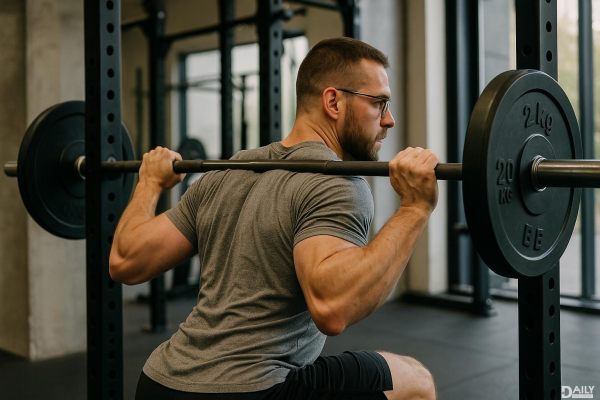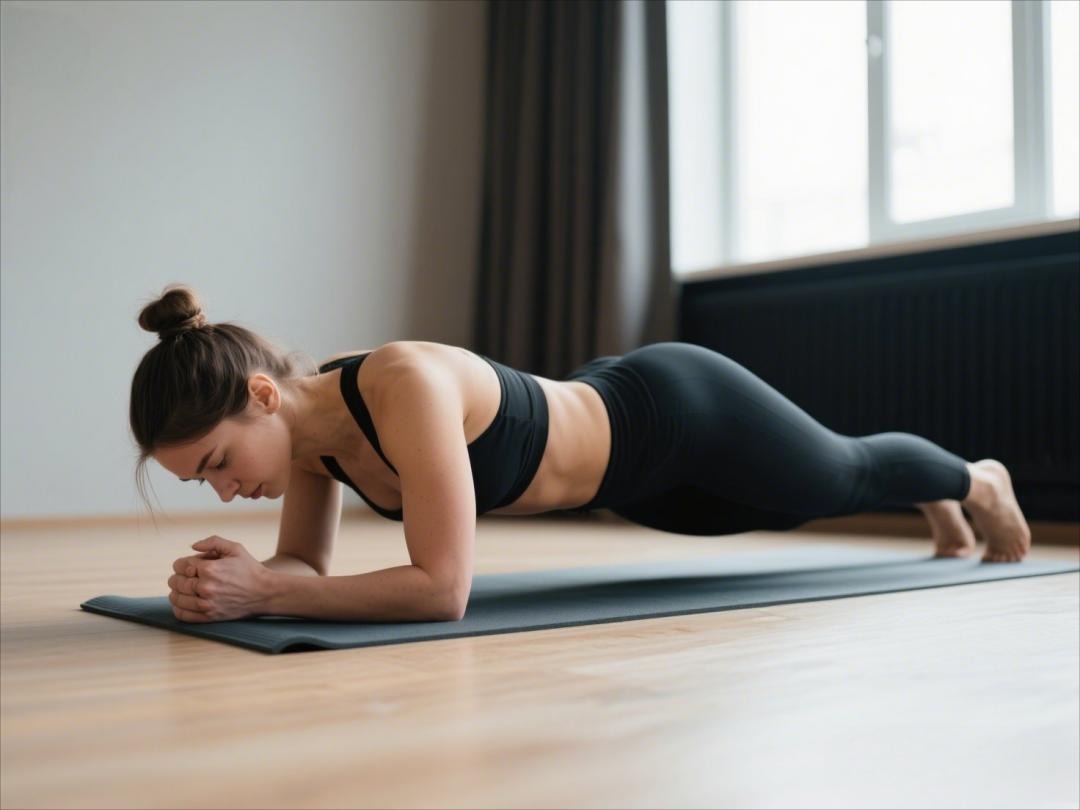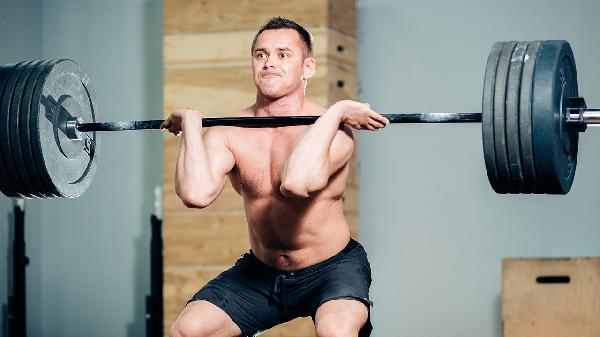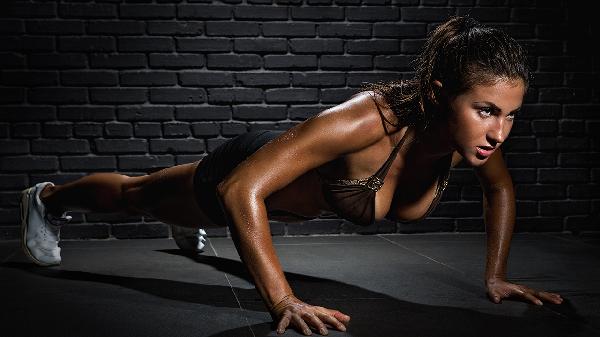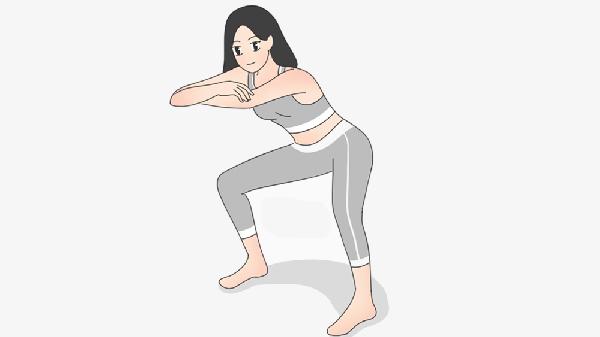Indian club training isn’t some newfangled fitness trend—it’s an ancient workout secret that’s been hiding in plain sight for centuries. Originally used by Persian warriors and later adopted by British soldiers, these weighted clubs are making a serious comeback for one simple reason: they work. Forget boring dumbbells; Indian clubs unlock next-level strength, mobility, and flexibility with moves that feel more like a dance than a grind. If you’re tired of stiff joints or plateaus in your training, this might just be the game-changer you’ve been waiting for.
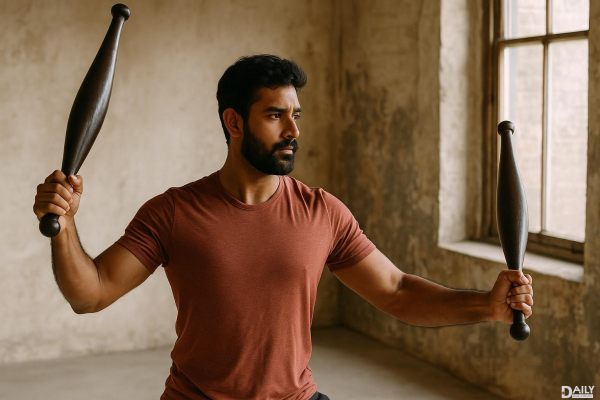
Before Instagram fitness influencers and boutique gyms, there were Indian clubs—tools so effective they were mandatory for 19th-century military training. Their roots trace back over 3,000 years to Persia, where warriors swung them to build endurance and shoulder resilience for combat. British colonials later spotted Indian wrestlers using them (hence the name) and brought the practice home, where it became a staple in physical education. Even old-school strongmen like Eugen Sandow swore by them. The twist? Modern science now confirms what ancient athletes knew instinctively: fluid, rotational movements with clubs fire up muscles traditional weights miss, while protecting joints from wear and tear.
Ever wake up with creaky shoulders after a bench press marathon? Indian clubs fix that. Unlike static lifts, club swings train your rotator cuffs and scapular muscles through full ranges of motion—like giving your joints an oil change. A 2020 study in the Journal of Strength and Conditioning found that rotational exercises (think: figure-8 swings) improve shoulder stability better than standard resistance training. And it’s not just for athletes; desk warriors hunched over keyboards benefit massively. The clubs’ momentum forces your body to stabilize dynamically, correcting imbalances that lead to pain. Pro tip: Start light (1-2 lbs) to master control before progressing.
Yoga improves flexibility, weightlifting builds strength—but Indian clubs blend both. The secret lies in eccentric loading: as you guide the club’s arc, your muscles lengthen under tension (like the downward motion of a bicep curl, but way more strategic). This combo boosts mobility while building lean muscle. Physical therapists love clubs for rehab because they strengthen vulnerable areas—wrists, elbows, shoulders—without jarring impacts. Try a “mill” swing: arms extended, tracing large circles overhead. Within weeks, you’ll notice smoother golf swings, easier backpack carries, or that finally nailing that overhead squat.
Here’s the sneaky benefit no one talks about: Indian club training is a neuro-motor jackpot. The intricate patterns (circles, loops, switches) demand focus, improving coordination and reaction time. It’s why MMA fighters like Georges St-Pierre use them for footwork drills—the hand-eye carryover is unreal. A 2018 study in Frontiers in Psychology linked complex movement training to enhanced cognitive function, likely due to increased cerebellum activation. Translation: swinging clubs might make you sharper at work while sculpting your arms. Bonus points for the meditative rhythm; many users report stress relief similar to tai chi.
Ditch the ego and grab lightweight clubs first—even seasoned lifters get humbled fast. Beginner drills like “shield casts” (small front-to-back swings) teach control. Form trumps speed; imagine painting smooth strokes in the air. YouTube channels like Club Revolution offer killer tutorials, or try apps with pre-programmed flows. Pair clubs with your existing routine: 10 minutes of swings post-workout improves recovery by flushing lactic acid. Warning: the “flow state” is addictive. Once you nail a seamless sequence, you’ll wonder why you ever suffered through another mindless set of lateral raises.
Indian clubs aren’t just another piece of gym equipment—they’re a movement renaissance. Whether you’re rehabbing an injury, breaking through strength plateaus, or craving a workout that engages your brain as much as your biceps, these ancient tools deliver. Best part? You don’t need a fancy gym membership. A pair of clubs and six square feet of space can transform your fitness from stiff and segmented to fluid and powerful. So next time you’re tempted to zone out on the elliptical, grab a club and swing your way into a stronger, more mobile future.
